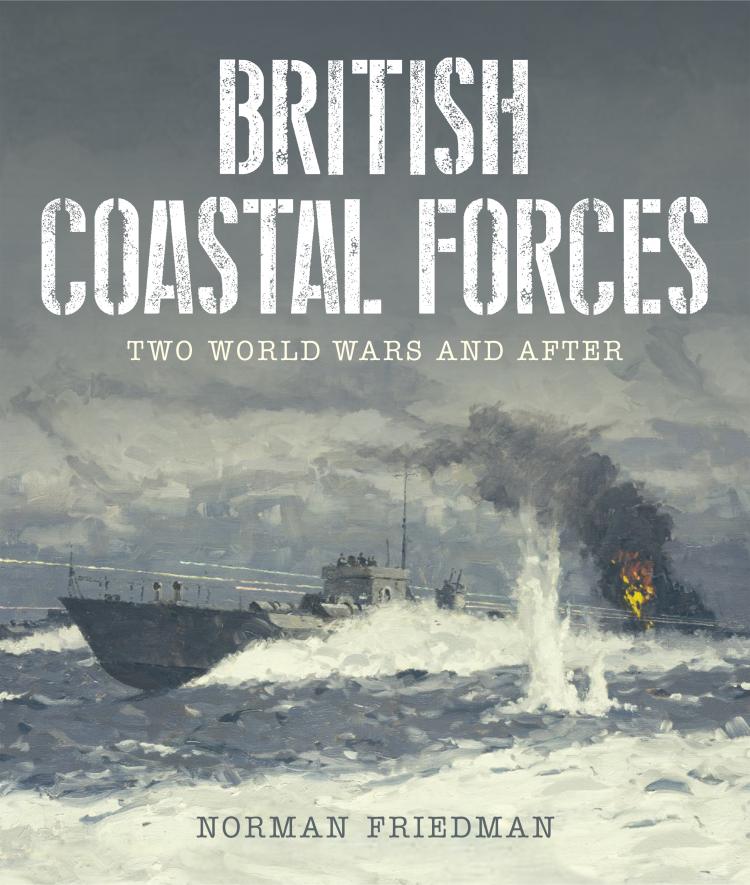British Coastal Forces
Two World Wars and After
- Subject: Spring 2023 Catalog | Battleships, Destroyers and More | General Military & Naval History | Royal Navy | World of Warships Booklist
- Format:
Hardcover
- Pages:
342pages
- Illustrations:
300 b/w photos
- Published:
June 15, 2023
- ISBN-10:
1399018582
- ISBN-13:
9781399018586
- Product Dimensions:
11.38 × 9.64 × 1 in
- Product Weight:
76 oz
Overview
British Coastal Forces: Two World Wars and After is the first comprehensive study on the subject. Using contemporary official material, much of which has not been used previously, and published memoirs, Norman Friedman connects the technical story of the coastal craft and their weapons and other innovations with the way they fought. In both world wars much of the technology was at the edge of what was feasible at the time. Boats incorporated considerable British innovation and benefited from important U.S. contributions, particularly in supplying high-powered engines during World War II. In contrast with larger warships, British coastal forces craft were essentially shaped by a few builders, and their part in the story is given full credit.
This book contains all the sophisticated analysis for which Friedman is so well known and a superb collection of illustrations including detailed plans by John Lambert. Like other books in this series, this one is based very heavily on contemporary official material, much of which has not been used previously – like the extensive reports of U.S naval observers, who were allowed wide access to the Royal Navy as early as 1940.
This book contains all the sophisticated analysis for which Friedman is so well known and a superb collection of illustrations including detailed plans by John Lambert. Like other books in this series, this one is based very heavily on contemporary official material, much of which has not been used previously – like the extensive reports of U.S naval observers, who were allowed wide access to the Royal Navy as early as 1940.
About the Author
Editorial Reviews
"This is a magnificent book about hard-hitting boats, their crews and creators." — Warships
"This is a wonderfully detailed book that sets out to be, and achieves, a position as a go-to reference on British Coastal Forces. The level of historical detail captured by Friedman is as broad as it is deep, and will fill many gaps in the small-ship knowledge of even the most seasoned naval historians. Wonderfully illustrated by historic line drawings and contemporary photographs, that there is no real alternative size. As a one-stop inculcation into the evolution of British Coastal Forces, this book is now the stand-out volume."—The Naval Review
"Anyone interested in fast attack craft and their development must consider this book an essential addition to their bookshelf and even those who only have a broader interest in warships will find the content fascinating. " --Australian Naval Institute





